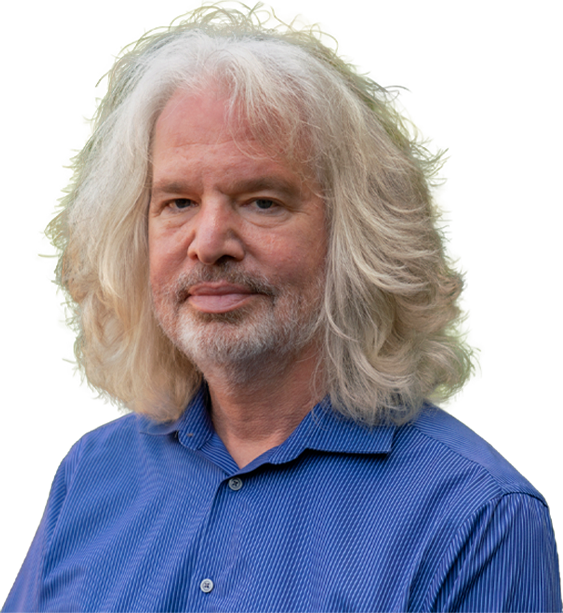Can Santa Claus be the most underrated leader in history?
The first thing that comes to mind when talking about Santa Claus might be his iconic red suit and beard combo, his charitable gift-giving, and his infamous naughty and nice list. However, what we often fail to realize is that he is more than just a Christmas icon — he’s also a leadership icon.
Santa Claus is a highly charismatic leader, respected by many, and manages a team of top performers of elves and reindeers. He provides excellent customer service and always gets the job done year after year on a strict schedule — which is everything to thrive for as a leader.
Here are 5 leadership lessons from Santa Claus that makes him such an outstanding leader.
1. Have a clear vision
As a leader, you must have a clear vision of what you want to accomplish — in his case, Santa Claus wants to share hope, joy, and cheer. But it does not stop there, having a clear vision means nothing if you cannot properly communicate and inspire people to buy into your values and cause.
Being such a charismatic individual, Santa Claus does an outstanding job of establishing a clear vision and communicating his values. He embodies his beliefs and inspires millions of people around the world to share joy and kindness — no matter what’s happening in the world.
Your vision will guide your followers, shape their behavior, and establish the type of culture you want to create in your organization.
Questions for reflection:
- What’s your vision?
- What have you done to fulfill your vision?
- Are your values and vision clearly reflected in your actions?
2. Set clear boundaries and expectations
Although he is notoriously known for his kindness and generosity, Santa Claus is very clear about his expectations of people — hence why children aspire to make the Nice List and avoid being on the Naughty List. Santa expects people to make good choices and rewards those who do.
It is important for great leaders to establish clear boundaries and expectations with the team. Not only that, but they also need to respond appropriately when the team does not respect the boundaries that have been set.
When leaders let bad behavior go unchecked, it can quickly create a domino effect that will undo all the work that goes into building a positive work culture. But this does not mean that the leader should be controlling and authoritarian.
The boundaries and expectations can be based on mutual agreement between everyone on the team. By involving your team in the process, they will feel valued and will be more likely to ensure that they meet your expectations.
Questions for reflection:
- Have you set clear expectations with your team?
- How do your respond when your team does not meet expectations?
- How do you reward your team for meeting expectations?
- Have you involved your team in the decision-making process?
3. Build a solid high-performing team
In every organization, it’s essential that a leader builds a solid team of experts that can help ensure that operations run smoothly and efficiently. This also goes for Santa’s Workshop.
Santa understands that he cannot be the one building every toy, wrapping every gift, and shipping those gifts everywhere — so he enlisted a team of expert elves to help him. The elves were wonderful at building the toys and were extremely proud of the role they play in bringing joy to children all over the world.
What’s the takeaway? As a leader, you should understand that you cannot be an expert at everything and do everything by yourself, that is why it is important to build a team of trusted experts to support you in achieving your vision and mission.
After building your team, make sure that you provide them with all the support they need. Let them know that they are a valued member of the team, that they are serving a bigger purpose, that what they are doing matters. Doing this will help you win their trust and loyalty in the long run.
Questions for reflection:
- Have you been hiring the right people?
- Do you trust your team?
- Does your team share your values?
- Is your company’s purpose socialized amongst the team?
- Are they happy and proud of their work?
- What have you done for your team to make them feel valued?
4. Be caring and responsive
Every year, Santa receives millions of letters from children all over the world. These letters usually contain a list of the good deeds and gifts the child wants for Christmas. Or sometimes, it could be a story or a problem they wish Santa could solve. And every year, Santa will read and reply to each letter without fail.
This goes the same with your employees. Leaders should be responsive to the needs of their team — and this starts with active listening. Great leaders are great listeners who deeply care about the well-being of their employees.
When leaders pay close attention to what their employees actually need, they realize that most people are not only looking for financial rewards — most would like to have more recognition or opportunities to grow.
That is why leaders should actively ask their employees how they are doing, and regularly ask for feedforward. Doing this will not only help the team perform better at work, but it will also establish a strong emotional connection.
Questions for reflection:
- Have you been actively listening to your team?
- Have you sought out feedback (or feedforward) from your team in the last week? Month? Year?
- How are you responding to the needs from your team?
5. Embrace those who are different
Just like Santa helps Rudolph find his rightful place as the guiding light for his reindeers through the foggy Christmas night, great leaders should have the ability to recognize and value differences in people.
Some people might not be the best in interacting with others or voicing their thoughts, but might be talented in other areas that can be beneficial for the organization and your cause. This is where you come in.
Give the underdog a chance; support and help them explore how their differences can be used as a resource to develop themselves and the organization. Help them become the best version of themselves and inspire those around them to do the same.
Questions for reflection:
- Do you have anyone who is considered to be “different” in your team?
- How does the team treat them?
- How do you treat them?
- What have you done to support and help them grow?
What other leadership lessons can you learn from Santa Claus?
Share this:



1 Comment
Leave your reply.
All five are absolute gems. The questions for reflections are indeed very relevant. Using Santa the Christmas and leadership icon is indeed great! Thanks for the powerful leadership lessons!